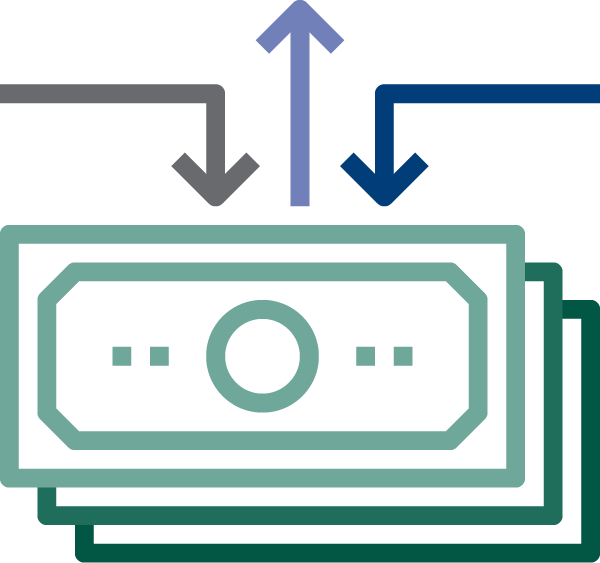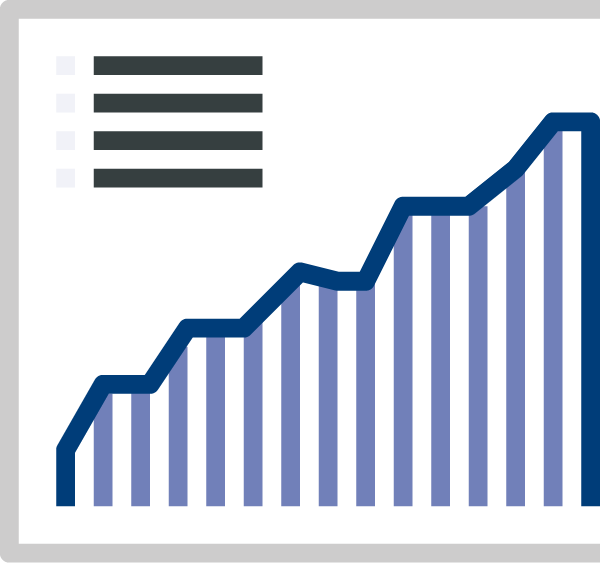Q:
With oil prices in such radical flux over the past 24-plus months, how have U.S. oil field service companies fared?
A:
They have been severely tested by a number of trends throughout the pandemic, including demand reduction during lockdowns, dramatically lower rig counts, and severe swings in oil and natural gas prices. Many oil field service companies were only able to keep the doors open by participating in government support programs.
There has also been a marked lack of capital and investment as Wall Street has largely turned away from the petroleum industry.


Q:
What lessons were learned through this distress?
A:
Companies learned to negotiate more effectively with lenders. Lenders recognized that equipment and the companies who owned it would sell for pennies on the dollar if they went into liquidation, so borrowers were able to effectively “kick the can” down the road, securing principal and interest holidays, minimal covenants, and other incentives.
E&P companies have become extremely disciplined and have used increased cash flows to pay down debt and return capital to shareholders, rather than ramping up drilling and completion activity indiscriminately.
Another driver of efficiencies has been that a number of large independent operators merged or were acquired.
Q:
What has changed in 2022?
A:
When oil prices were at $100 a barrel or better in 2014, you could feel the excitement and energy vibrating in Houston and throughout the industry. The oil and gas sector was being revolutionized by unconventional drilling and fracking technologies, everyone was making money, and everyone was optimistic. But if you fast forward eight years to the early summer of 2022, with crude oil trading at $100 a barrel and natural gas at $10/mcf, the environment felt very different.

Even though U.S. E&P company operating cash flows are up over 200 percent in the last 12 months, CapEx budgets for 2022 are only up 30 percent compared to last year.

Q:
Where do the capital markets look like post-pandemic?
A:
The broader capital markets are very challenging right now. And external capital has not, and likely will not, return to the oil field services sector for the foreseeable future. The banks, alternative lenders and private equity sponsors that may have been eager to fund expansion and acquire these companies before the pandemic have backed off. Loss-making years and strong ESG sentiment have led many of them to say no to traditional hydrocarbon investments.
This lack of external capital has also impacted the ability of investors to sell the companies they own to larger strategic buyers and private equity sponsors.
Generalist private equity firms once were the most aggressive buyers of oil field services businesses, but today the sector is receiving little interest. It’s more common to see two companies combining, or, alternatively, high-net-worth individuals or family offices active in the energy community emerging as buyers at very attractive valuations.

Q:
Will a more positive outlook return in 2023 and beyond?
A:
Going into 2023, the industry is not as fragile as many think and may actually be on the precipice of a step change in activity, service pricing and company profitability. It all depends on a number of factors. Will external capital return? Will political and social views of the oil and gas industry evolve? Can the industry attract enough skilled labor? Historically, the potential for outsized returns for investors and high paying jobs for workers has solved these issues.
Oil field service activity and profitability forecasts have traditionally been wrong, not usually in direction, but often in magnitude. If history repeats itself, as it often does, 2023 may the year that optimism returns and in a bigger way than is currently expected.
